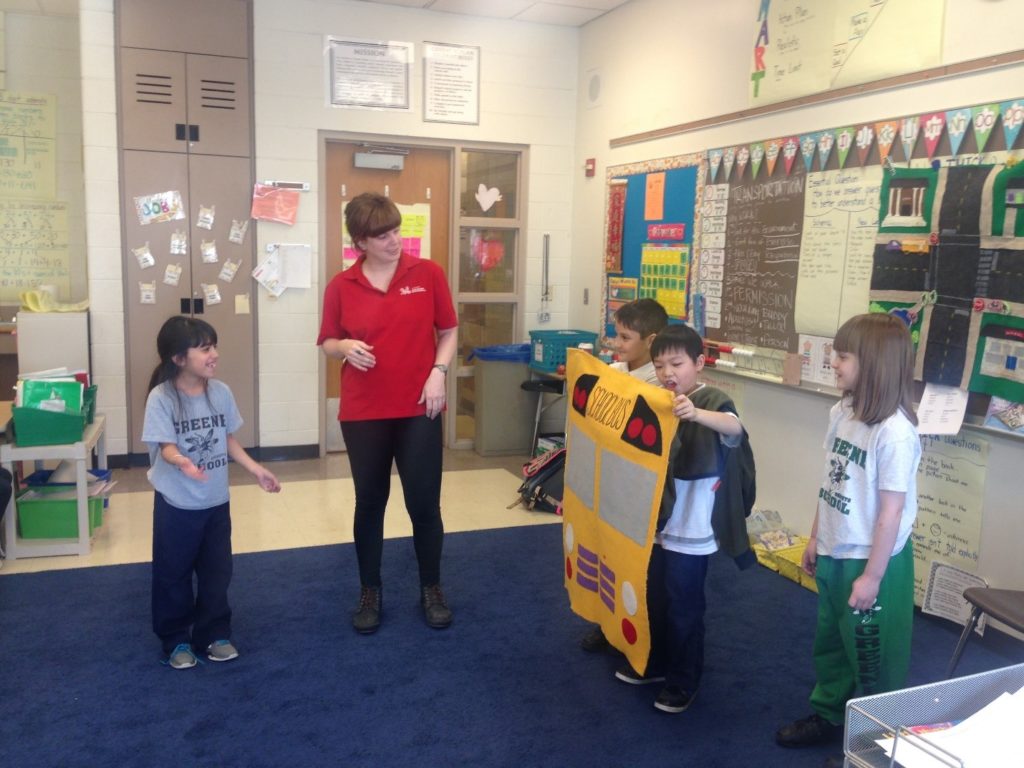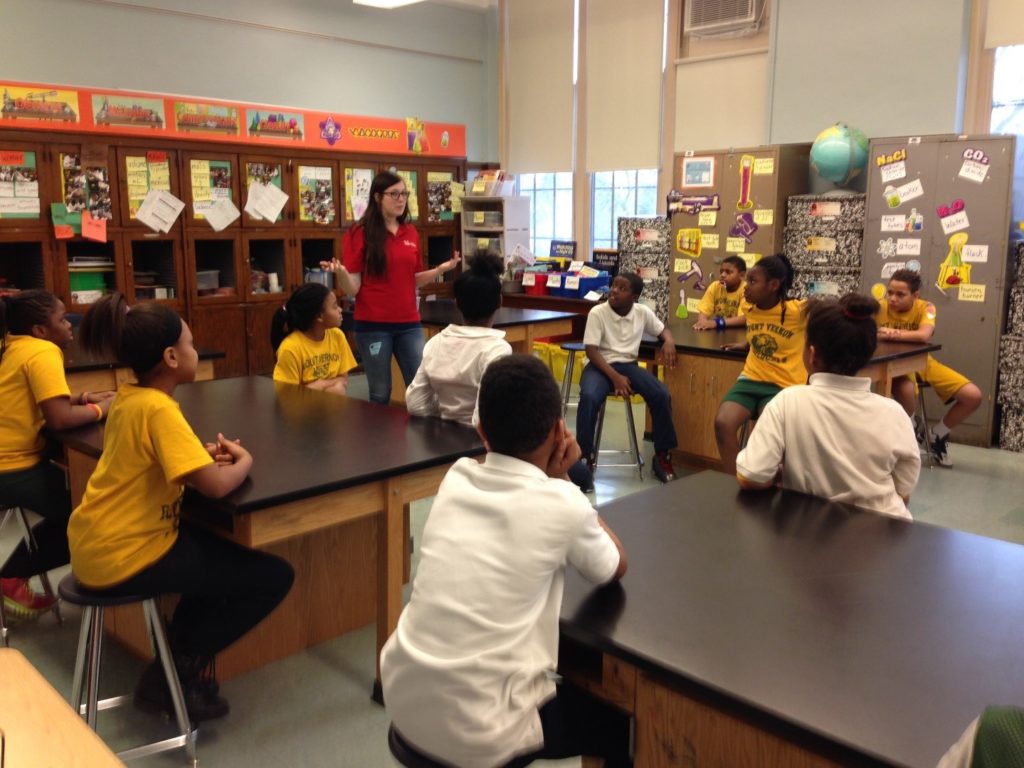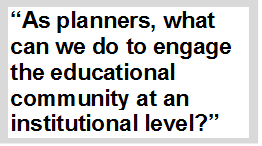Kids & Urban Planning
Written by Chelsea Richer

Recently, I was aimlessly perusing the kid’s section of a bookstore for a birthday gift appropriate for a newly-minted 4-year old, when I came across “Me on the Map.” I was unfamiliar with this title, though I’ve since learned it has been around for a while.
My first thought: The serendipitous experience of shopping in brick-and-mortar retail just can’t be matched by online shopping.
My second thought: How can we make urban planning a fundamental part of curricula from a young age?
I’ve been slightly obsessed with this idea since managing the Safe Routes to School (SRTS) education program in Chicago nearly a decade ago. The Safe Routes Ambassadors were tasked with teaching pedestrian and bicycle safety education courses to kids in grades 2 and 5 all across Chicago, periodically expanding to include high school driver’s education courses, clubs, and elective classes. Beyond teaching little kids how to look both ways and bigger kids how to use bicycle hand signals, we often incorporated ideas about sustainability and healthy lifestyles into our workshops.

Image courtesy of the Chicago Safe Routes Ambassadors
I’m not the only one obsessed; many planners before me have talked about these ideas, including our friends on the APA National Blog, and our local bloggers at UrbDeZine Los Angeles, and of course the SRTS experts in California, where the movement was born. Many have championed this idea as a way to build a connection to one’s community early on in life and, in the specific case of SRTS, improve traffic safety outcomes.
Such a movement is compelling because there are an infinite number of touch-points that can be woven into existing curricular requirements at every age level: Phys ed? Take a walk around your neighborhood for Eye Spy IRL. Geometry? Let’s draw a map like L’Enfant! Physics? Speed, acceleration, and traffic collisions come to mind.

Image courtesy of the Chicago Safe Routes Ambassadors
In Chicago, it was clear that teachers are already subjected to an infinite number of demands on their classroom time (and mental energy), and both students and teachers feel pressure to meet stringently prescribed state education outcomes. The opportunity to include urban planning themes was only possible when an outside resource was leveraged, such as the grant-funded SRTS program. Even then, outside resources can be difficult to embed in a tight school day, unsustainable from year to year, and impossible to provide to every school, every classroom, and every student.
What can we do differently?
 The APA offers a few resources, the Center for Understanding the Built Environment offers some fully-baked lesson plans at different grade levels, a couple of high schools and even elementary schools have taken the bold step of institutionalizing urban planning as a fundamental element of their educational approach. Many of these resources are still additive, though, and don’t address the lack of institutional commitment to embedding these ideas into curricula (exception: the awesome schools linked above).
The APA offers a few resources, the Center for Understanding the Built Environment offers some fully-baked lesson plans at different grade levels, a couple of high schools and even elementary schools have taken the bold step of institutionalizing urban planning as a fundamental element of their educational approach. Many of these resources are still additive, though, and don’t address the lack of institutional commitment to embedding these ideas into curricula (exception: the awesome schools linked above).
So that begs the question: As planners, what can we do to engage the educational community at an institutional level? Many of us volunteer in our kids’ schools or have friends who are teachers – how can do a better job of engaging the local institutions where we have some limited influence? Could we run for office on the school board?
Many of us are parents, aunts, uncles, or friends of parents – how can we engage the young people in our lives on a personal level? (For example, I am the *super fun* aunt who only buys books about cities for birthdays and holidays and takes my niece and nephew for field trips on the Metro bus.)
What other ideas do you – our LA planning community – have?
— This post reflects the views of the author and not that of APA Los Angeles as an organization. —





